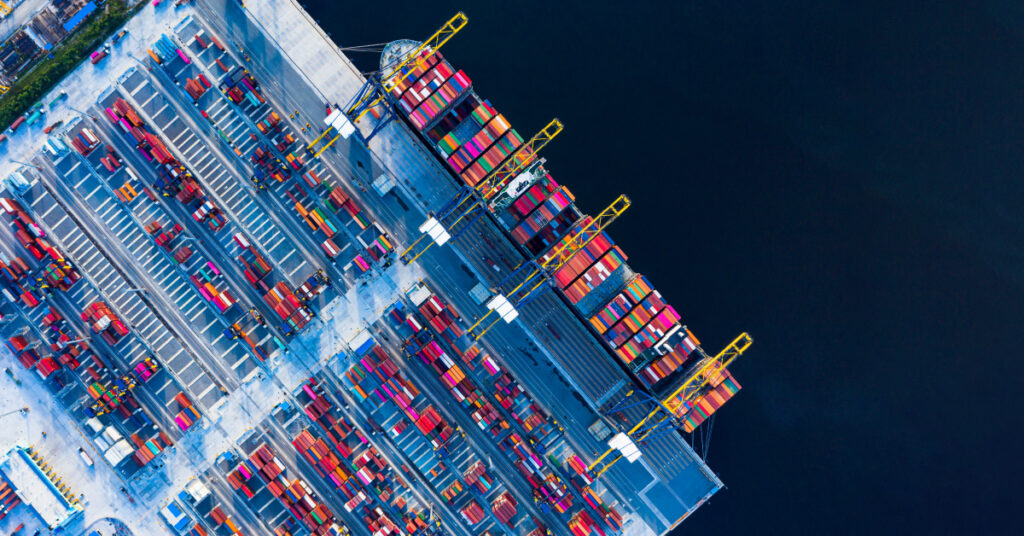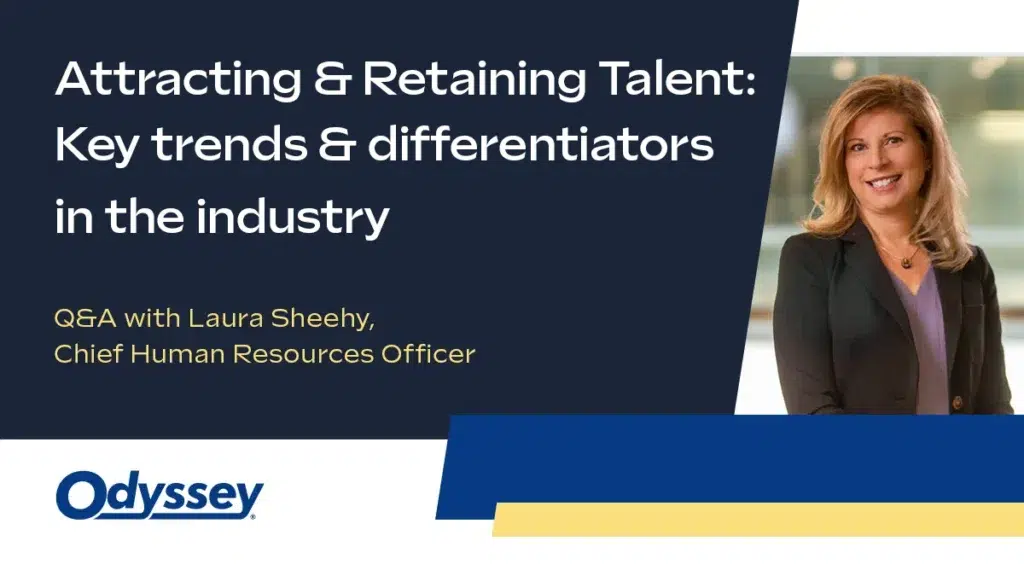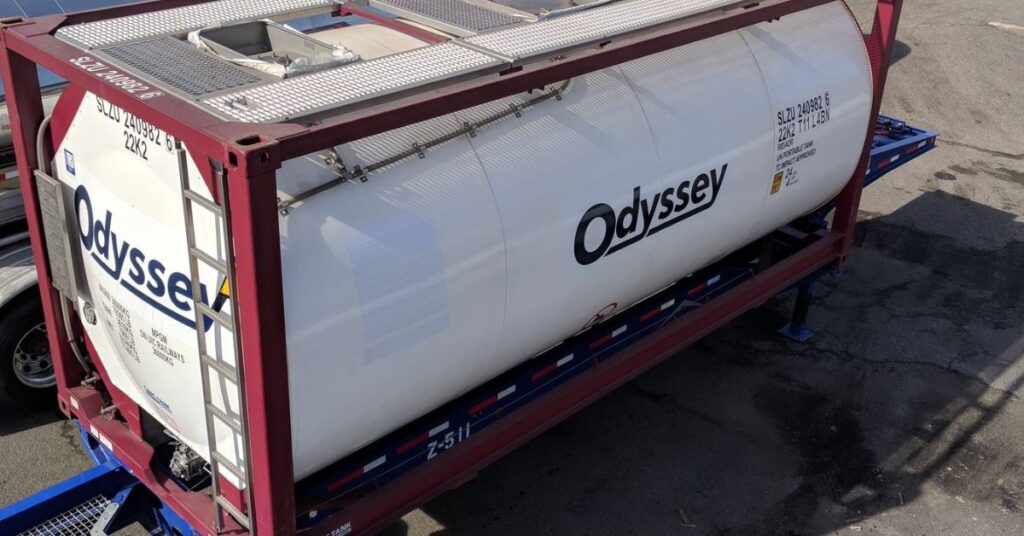Case study
Lanxess embraces the future one step at a time
Client background
Given the opportunity, most organizations would prefer to focus on what they do best and leave the non-core responsibilities for reliable, reputable third parties to handle. In the real world, however, most companies have to cover myriad functions that they don’t really have the resources, expertise, or skillsets to manage properly.
Challenge
This arrangement created some major visibility gaps for the manufacturer, and particularly in terms of aligning freight audit and payment functions. A LANXESS business unit that needed specific customer’s freight expenses, for example, had to wait while the data was gathered, reviewed, and disseminated. The resultant reports were spreadsheet-based and included scores of tables and spreadsheets that weren’t especially user-friendly.
Due to a communication gap, figuring out how much we were actually spending on freight was somewhat of a black hole. It was taking a lot of data cleansing and back-office work to figure out our true transportation costs.
Eric Smith, Director of Logistics
LANXESS
Handing over to a third party
Producing and transporting chemicals through the supply chain safely and efficiently can be complex, especially when moving hazardous cargo. For example, chemical logistics requires detailed security plans, specialized equipment, a network of qualified, reliable suppliers and full supply chain visibility.
Ready to offload its non-core logistics and transportation operations to a reliable third party, LANXESS considered about nine potential partners. Only two of them focused on the chemicals industry, and Odyssey Logistics was one of them. “The rest were more involved with consumer goods and other commodities,” says Smith.
Based on the special nature of chemical transportation, and the precautions that must be taken with these shipments, we had a higher comfort level with Odyssey.”
Eric Smith, Director of Logistics
LANXESS
“We got a very customized solution that fulfilled all of our needs,” says Smith. “Implementation was very smooth and we didn’t miss a beat when we flipped the switch to turn on our managed transportation solution.”
Continuous improvement
Today, when a LANXESS business unit calls to find out freight costs for a particular customer, Smith’s team can pull up that data and provide it within minutes, and with minimal effort. Using filters for a certain time period, for instance, it can review all of a customer’s shipments during that time, and see all of the costs—from the line haul to the fuel charge to any accessorial charges.
“If we have specific tanks that have been sitting for months, accruing storage charges,” says Smith, “we now can identify those much faster and recommend moving them out as soon as possible.” As for the third-party freight audit process that LANXESS once relied on, Smith says it’s been replaced by a more streamlined system that goes directly through its managed transportation provider.
Odyssey’s freight audit department is constantly scanning invoices and picking up on issues like duplicate invoices from freight vendors. We’ve seen a lot of cost avoidance over the years from that freight audit technology alone.
Eric Smith, Director of Logistics
LANXESS
Real-time data and intelligence
Through its managed logistics services unit, Odyssey Logistics & Technology today manages both inbound and outbound logistics across North America for LANXESS. Those managed services include transportation procurement, establishing rates, freight tendering, and freight payment processing for both truck and rail.
Since aligning with Odyssey, LANXESS has also seen its transportation costs decrease—a benefit that Smith attributes to the provider’s broad network of carriers and collective transportation spend. “As a mid-sized shipper, we could only manage so many carriers, not all of which are strong in every lane,” Smith explains.
With Odyssey, the manufacturer is now aligned with carriers that can handle its freight efficiently. Its also no longer forced to take unattractive lanes along with the lanes that it really desires in order to move its freight. “We also have the added benefit of being part of a much larger pool that has $1 billion in transportation spend,” says Smith.
Over the last two years, LANXESS’ managed transportation provider has been tweaking its data and reporting to the point where the manufacturer no longer has to run any internal reports or create data sets to use for freight reporting. Using Odyssey’s online “Project Insight” tool, it can capture relevant statistical data from the provider’s TMS, from its own ERP, or from its clients’ ERP systems.
LANXESS is using Odyssey’s technology platform to gain real-time data and intelligence for company shipments. It has access to information on historic costs, costs in aggregate by customer, spend with a particular carrier, spend by a particular mode, freight costs and other data points.
All of the pertinent information is right at our fingertips. The application has filters that we use to customize the data set that we’re viewing, slice and dice it, and get whatever information we need.
Eric Smith, Director of Logistics
LANXESS
Teamwork and collaboration count
The end result is a partnership that works both ways to deliver. While Odyssey brings its insights, expertise, and network to the table, LANXESS brings its collaborative spirit on solving complex logistics challenges that are unique to its business.
Our managed transportation relationship ensures that we always have best-in-class transportation management systems to utilize.
Eric Smith, Director of Logistics
LANXESS
To shippers interested in a managed transportation relationship, Smith says it’s best to approach it from a partnership standpoint versus just passing transportation planning and procurement responsibility off to a third party in hopes that it will handle the task well.
“If you want to just sit back while someone else handles the planning, then you’re setting yourself up for failure,” says Smith. “For managed transportation to work well, there really needs to be a partnership in place, with both parties working together, sharing information, dedicating resources, and ensuring good communication and information flow.”
Full Article Via Logistics Management
Ready to connect?
Get in touch with one of our multimodal logistics experts to drive your business forward.
Already a customer? Log in here



